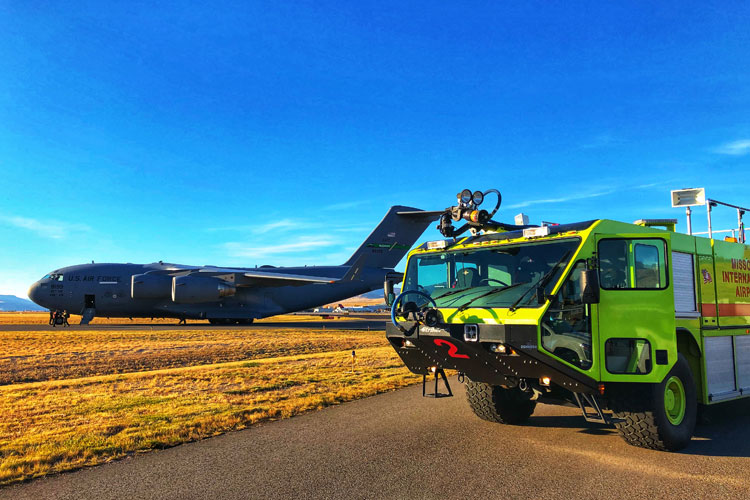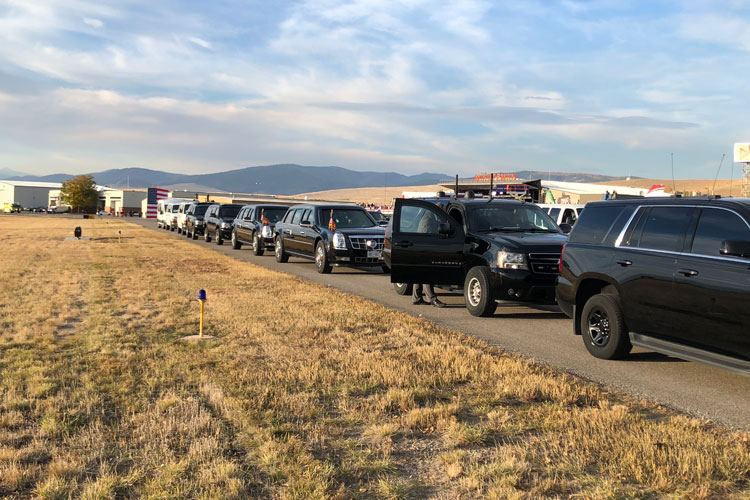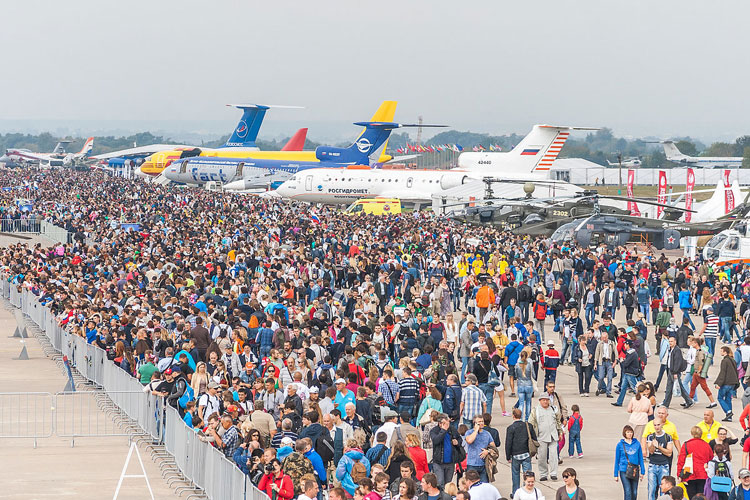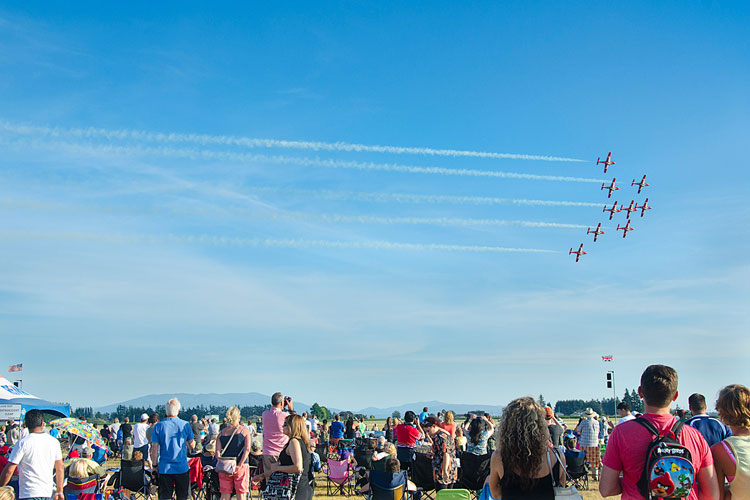
By Wesley Long
How many of you have had the pleasure of working with “The Beast?” Chances are quite a few, although you may not have realized it! “The Beast” is the presidential limousine, and it spends a good deal of its time on a military cargo plane or on an airport as part of the motorcade necessary to move the president safely from one event to the next. To me, it represents the vast diversity in job duties and requirements seen in aircraft rescue firefighting (ARFF). Public safety, political and private events, airshows, and more often require incredible dedication and commitment from ARFF to succeed.

Airports offer large meeting spaces in terms of hangars and aprons, built in time and distance safety measures by way of perimeter roads and fences, and hardened facilities for personnel and vehicle protections as generally seen in the firehouse. Though the event in question may change in size and scope, the methods required for support and planning remain the same. Risk reduction through vulnerability detection, operational readiness, and mitigation offer much more for the airport organization than simply event planning. It is important to consider the training opportunity provided that incorporates teamwork within the airport environment as well as that outside the fence in terms of mutual aid and communication practices. This framework remains long after the echoes of the event fade away and require consistent care and feeding in order to remain healthy.

With this in mind, the time to prepare is not when your organization is approached to host an event, although this is what most airports face. For example, an airshow may have a planning lead time of six months to a year, whereas a presidential visit may only afford you a few days. Isolating your vulnerabilities and mitigating them against the backdrop of a potential event will ensure that when the time comes, you will not only be ready but may be positioned to use fewer resources because of needing less prep time as a result of your efforts. Not only is a public or political event an irregular operation, it is also perfectly situated for an incident command structure with multiple operational phases. This circles back to the ARFF team because there is no one better suited to facilitate incident command than the fire service.

Establishing communications and incident command at a public event such as an airshow is standard fare, and public safety remains in the realm of the emergency response mechanism, whereas events of a political nature generally come with a built-in command network through the United States Secret Service or other agency. This can propagate issues with communications if you allow it and should be considered within your organizational preplanning structure. It is paramount that airport administration and Public Safety (police, fire, operations) create contingencies for this situation and ensure that they work hand in hand with the agencies visiting your airport. Keep this planning dynamic, however, as the needs of these agencies vary each visit and with each team. They say if you have seen one airport you have seen one airport, and much the same can be said for the secret service, as each appointment and team comes with its own operational weight and resource structure.

So how should you preplan? I would strongly encourage using NFPA 1600, Standard on Disaster/Emergency Management and Business Continuity Programs, as one of the assets in your toolbox. There are many risk management programs and guides to choose from, and it is acceptable to cross-reference, combine, and use as many or as few as you think you need. Using them, however, is incredibly important as they provide a roadmap to the risk assessment needed to consider all possible event locations, venues, routes, egress, building occupancies, potential lines of site (for sniper teams), and even operational impacts. This documentation also provides the framework to establish a communications plan that can bridge the gap between the various organizations required to host a successful and safe event and serves as a document that can be used by public safety or handed over to the secret service, which is guaranteed to lessen the burden of any planning effort.

ARFF lays in the heart of each of these events and in the appropriate establishment of preplanning objectives, which is just one of the countless variables that make up the complexity of our job. From putting out an aircraft fire to performing CPR in the terminal, from training and planning for events to staging ARFF trucks to protect the president, each part of our job is essential and full of importance. Event planning can be difficult but with the right frame of mind, it can be considerably less so. Ensure that the next time you are chosen to receive the incredible honor to work with “The Beast” you have a plan of action ready to deploy. You will find the effort much less stressful and your team better equipped to handle the challenges that inevitably occur when any plan makes first contact.
It is no longer about the smartest person in the room but the culmination of the capabilities of your team. Overlook no one and prepare to be surprised by what you learn.
WESLEY LONG works at the Glacier Park International Airport as the fire chief, operations director and is a certified emergency manager, certified professional manager, ACE trusted agent, and Airport Security Coordinator. Prior to the 13 years he has worked at GPIA, he spent 10 years as a firefighter in the United States Air Force, spending six years in the Pacific Rim and four in Space Command.

